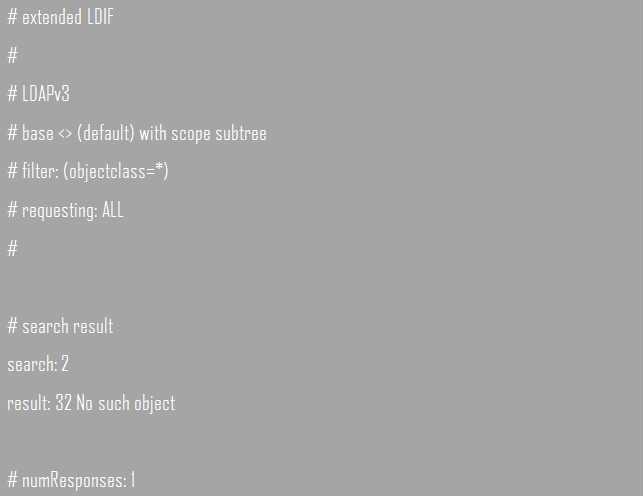Managing and Using LDAP Servers With OpenLDAP Utilities
This guide demonstrates how to use the standard LDAP tools developed and distributed by OpenLDAP. But before we venture into that, we will discuss the necessary prerequisites and how to install the tools. Ideally, this write-up aims to make using LDAP servers with OpenLDAP commands easier and more convenient.”
The Prerequisites
The first prerequisite is to have OpenLDAP installed and configured in your system to accomplish this mission. We have already discussed the OpenLDAP installation guide. But after installation, you will need to familiarize yourself with operational LDAP terminology.
The following steps are necessary;
Installing the Utilities
We will begin at this point because I assume that you already have an LDAP system already installed in your system. However, it is less likely that you already have all the OpenLDAP tools installed in your computing system. You can pass this step if you already have them. But if you don’t, then this step is vital.
Use the apt repositories to install the utilities in your Ubuntu system. You will need to update the local package index of your system and install using this command if you are using CentOS or Fedora;

But if you are using Ubuntu, the below utility will come in handy during the installation process. So, type the below command;

Connect the Packages to the LDAP Instance
Once you have all the correct utilities installed, you should continue connecting them to the LDAP instance. Notably, most OpenLDAP tools are flexible, and a single command could perform several roles. For this reason, you will have to select various arguments to express to the LDAP server for specific action.
So, this step focuses on how to construct your arguments and contact the server with whatever action you wish to implement. Let us use the ldapsearch command for this demonstration.
a. Specifying the Server
Managing and using LDAP servers with OpenLDAP utilities, you need to specify the authentication method as well as the server location for every operation you initiate. So, ensure you use the –H flag to identify the server. You can follow that with the protocol and then the network location of your server.
The protocol scheme with a ldap:// will look like this;
![]()
Replace the server domain name or IP with your actual credentials. But you can ignore the customization if you are not communicating over a network instead of working on a local server. You must, however, always specify the scheme.
b. Using the Anonymous bind
Like every other protocol, LDAP demands that clients identify themselves for authentication and determine the level of access they can get. This LDAP process is known as binding, which directly translates to the act of accompanying your request with an identifiable security entity.
Interestingly, LDAP understands three different methods of authentication. The anonymous bind is arguably the most generic authentication method you can consider. In this category, LDAP servers make most operations accessible to everyone. In essence, there is no authentication with the anonymous bind.
The OpenLDAP utilities will assume SASL authentication by default. Therefore, we must make the –x argument to allow the anonymous bind to take effect. The –x argument, alongside the server specification, will look like this;
![]()
This command will bring back the below result;

Since we did not provide any query parameters in the above command, the result shows that the utility did not find what we were looking for using the query. However, it shows that the anonymous bind went through, which is no surprise based on the lack of parameters.
Conclusion
With this guide, you should know how to use and manage LDAP servers with common OpenLDAP utilities. The basics should include connecting to your LDAP directory, managing it, and using it appropriately.
Sources:
- https://www.howtoforge.com/linux_ldap_authentication
- https://wiki.archlinux.org/title/LDAP_authentication
- https://docs.nvidia.com/networking-ethernet-software/cumulus-linux-41/System-Configuration/Authentication-Authorization-and-Accounting/LDAP-Authentication-and-Authorization/
- http://www.yolinux.com/TUTORIALS/LinuxTutorialLDAP.html
- https://computingforgeeks.com/install-and-configure-openldap-server-ubuntu/
- https://computingforgeeks.com/install-and-configure-ldap-account-manager-on-ubuntu/
- https://web.mit.edu/rhel-doc/5/RHEL-5-manual/Deployment_Guide-en-US/s1-ldap-quickstart.html
Source: linuxhint.com
